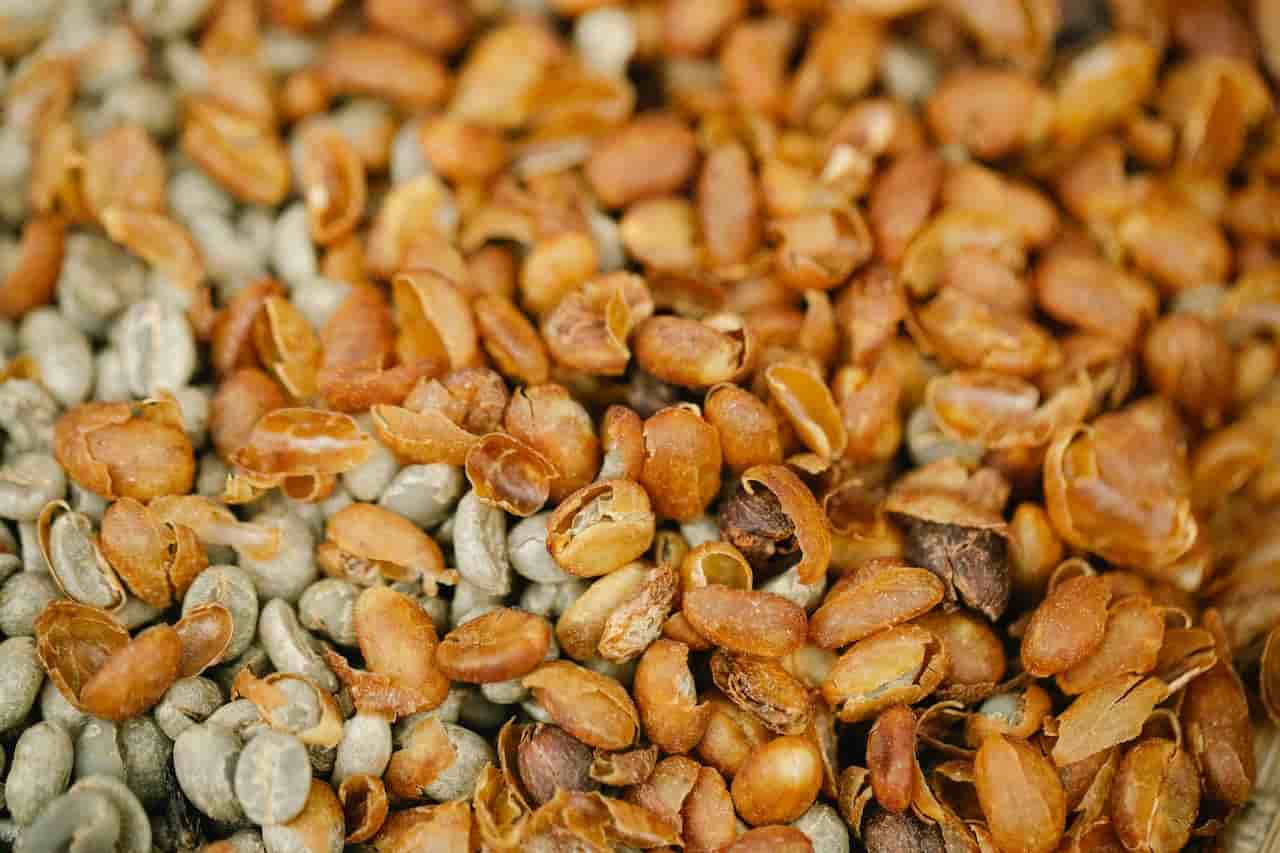Coffee chaff is the dry, lightweight husk that separates from the coffee beans during the roasting process.
While often considered a waste product, it has gained attention for its potential applications in various fields, including agriculture, fuel, and now, even construction.
But, Is using coffee chaff to build coffee chaff houses a good idea?
Well, this short article delves into the feasibility, benefits, and challenges of turning this byproduct into sustainable architectural wonders.
How Can Coffee Chaff Houses Be Made?
Coffee Chaff Houses are an innovative approach to sustainable construction.
These houses utilize coffee husks mixed with recycled plastics to craft affordable, lightweight building materials for pre-fab homes.
One company leading the way is Woodpecker from Colombia.
They’ve harnessed the power of coffee chaff, a plentiful resource in Colombia, known for its strength and dryness.
The cost-effective homes, priced at just $4,500 each, can be set up within a week.
Beyond affordability, the coffee chaff material boasts durability, fire resistance, and insect repellence, making it a secure choice for low-income housing solutions.
Where Does Coffee Chaff Come From?
Coffee chaff, the thin and lightweight outer layer of coffee beans, is a natural byproduct of roasting.
As coffee beans roast, this dry skin separates effortlessly due to the heat, becoming what we know as coffee chaff.
This process happens every time coffee beans are roasted.
Once the roasting is complete, the chaff, which is the outer layer of the beans, simply peels away without any extra effort needed.
What is coffee chaff good for?
Coffee chaff, that outer husk shedding during roasting, isn’t just waste – it’s a versatile resource with numerous applications.
This unassuming byproduct possesses qualities that make it an attractive choice for various purposes.
Now obviously, we’ve established that coffee chaff can be used for construction, but there are other purposes it can serve also.
Repurposing coffee chaff as compost or fertilizer is the simplest and most effective approach.
Thanks to its organic nature and lightweight texture, chaff blends seamlessly with other compostable materials.
Creating coffee chaff compost offers an accessible and budget-friendly way to kickstart your garden.
It does wonders for soil structure and enhances water retention. This versatile material can also pull double duty as a protective mulch layer.
Coffee chaff doesn’t stop at composting.
Bursting with nitrogen, a vital plant nutrient, and trace amounts of potassium and magnesium, it contributes to soil enrichment.
Beyond compost, it can serve as bedding for worms, a soil amendment when mixed into garden soil, or a natural fertilizer on its own.
So, next time you brew a cup of coffee, consider the potential of its chaff – from enriching your garden to nourishing your plants in a sustainable and resourceful way.
Conclusion
Coffee Chaff Houses show us the exciting possibilities of turning waste into sustainable shelter.
While challenges remain, the journey towards eco-friendly construction through coffee chaff is one worth exploring.
As technology and creativity converge, these unconventional homes could shape a more environmentally conscious future for architecture and beyond.

